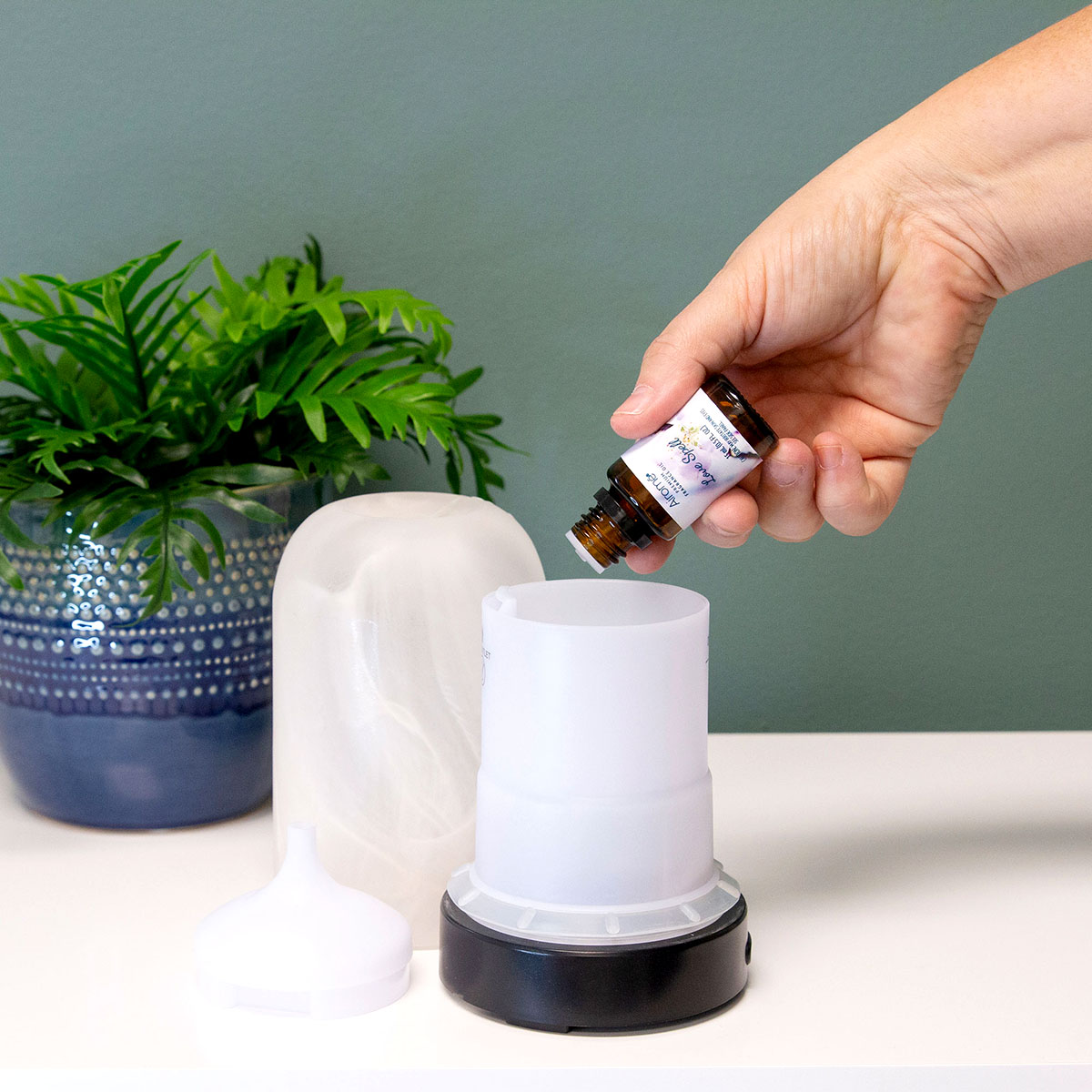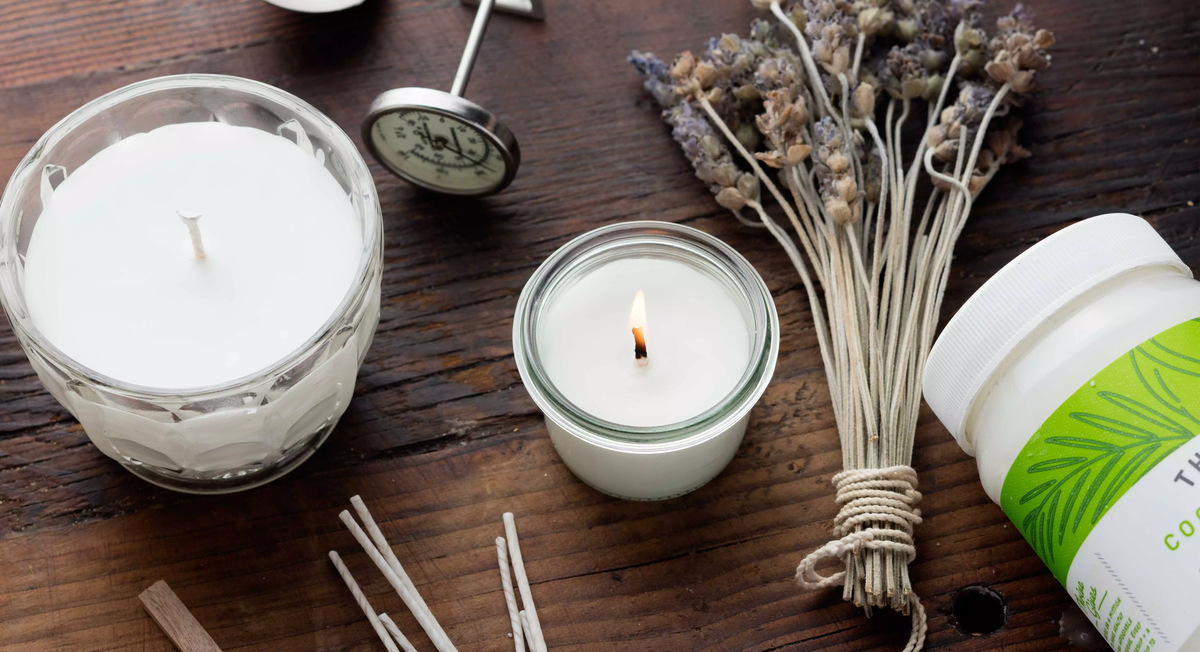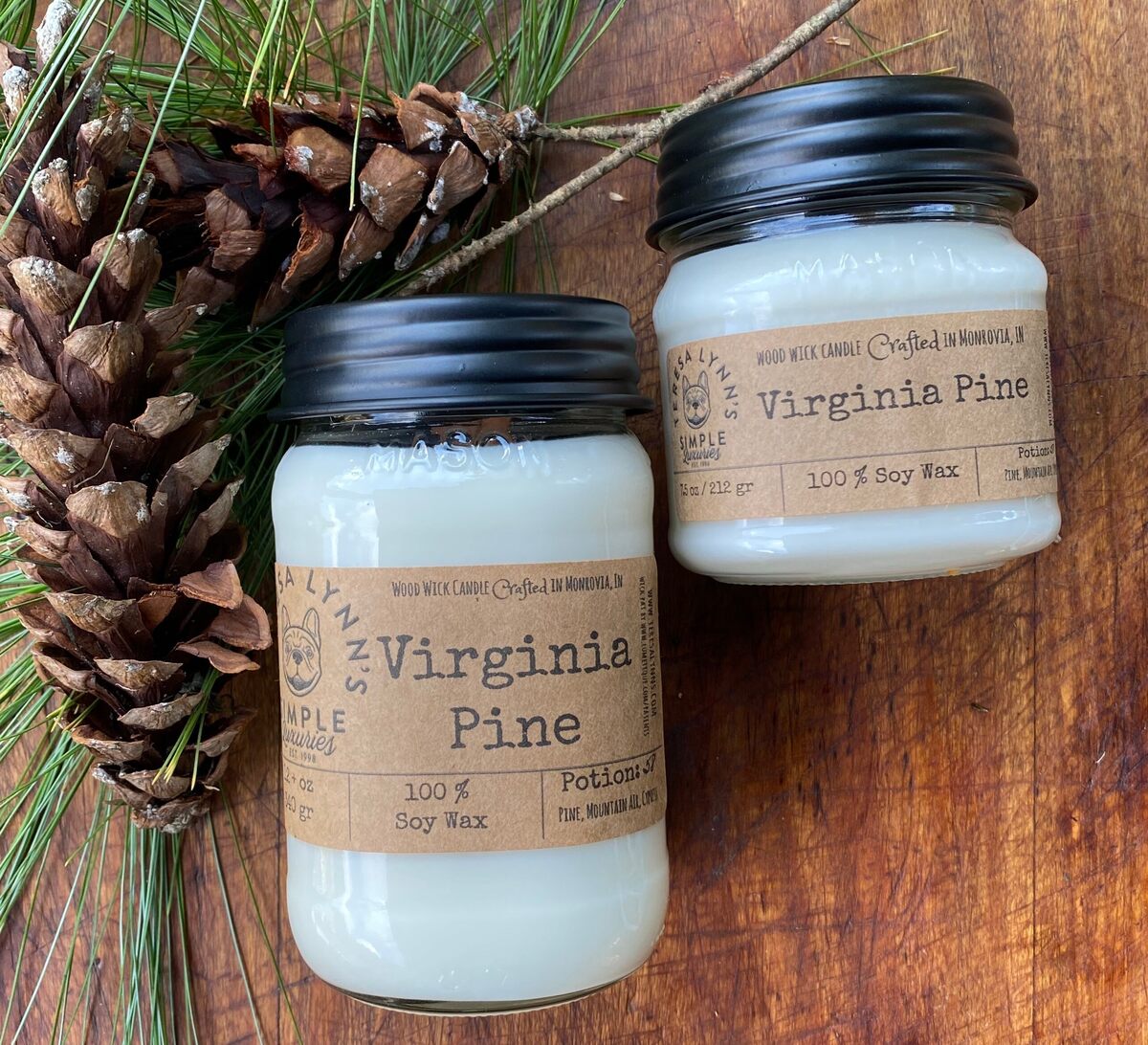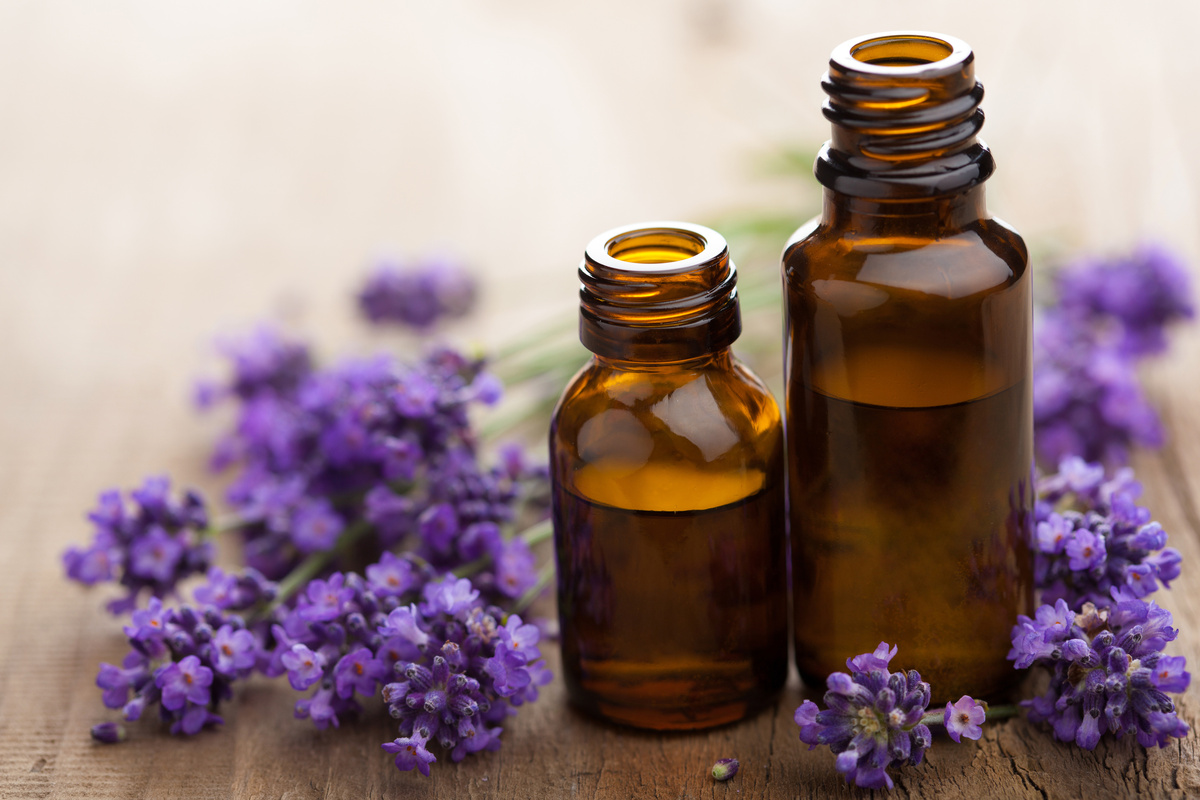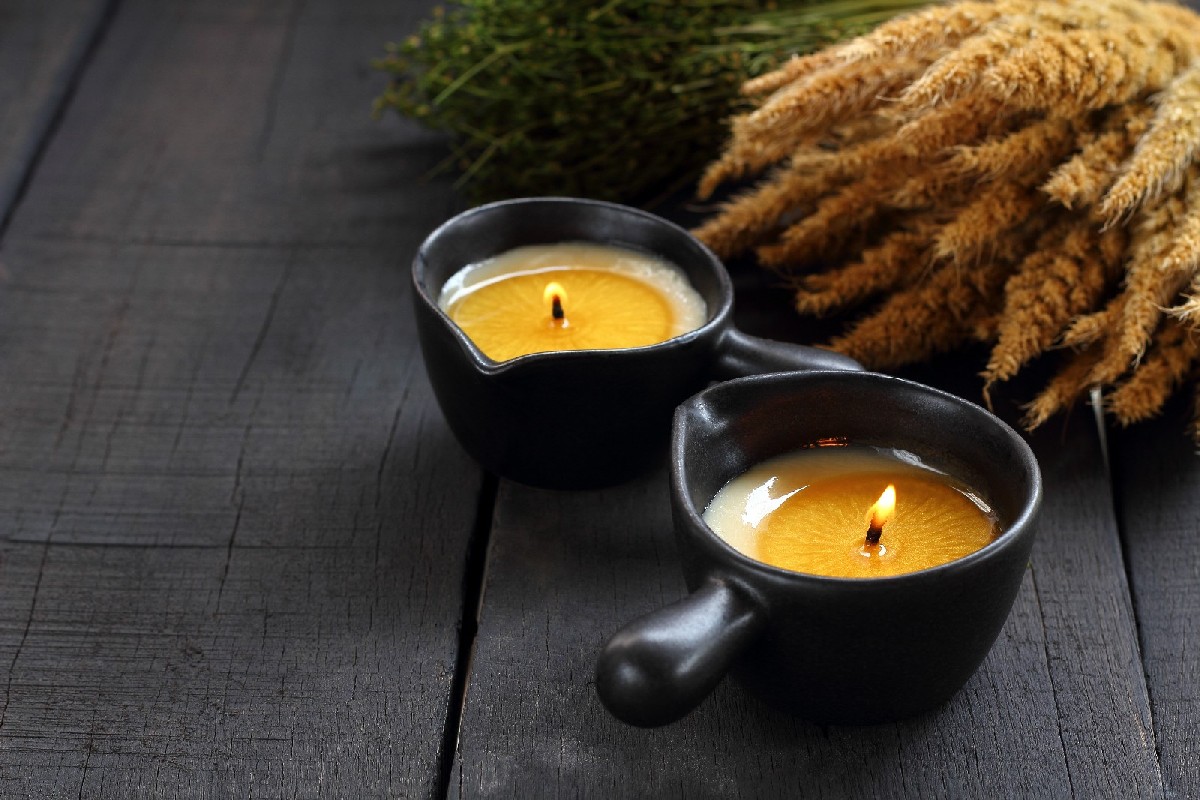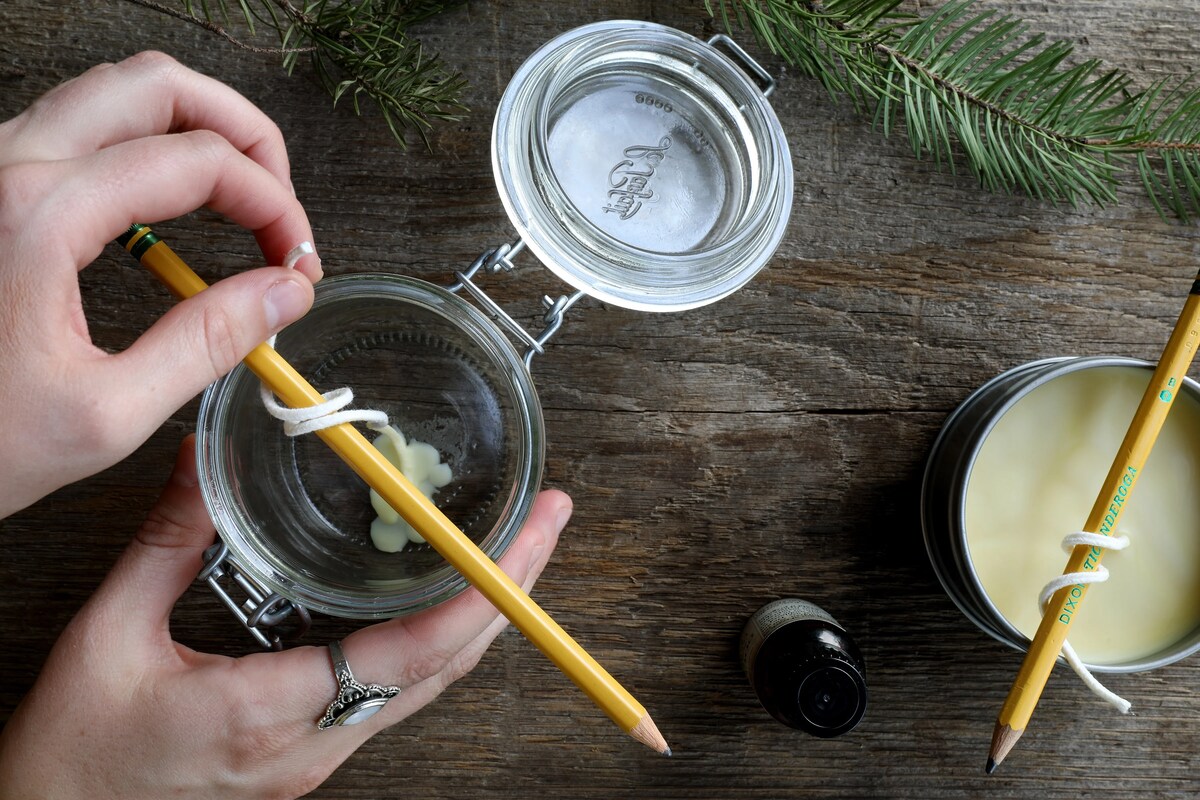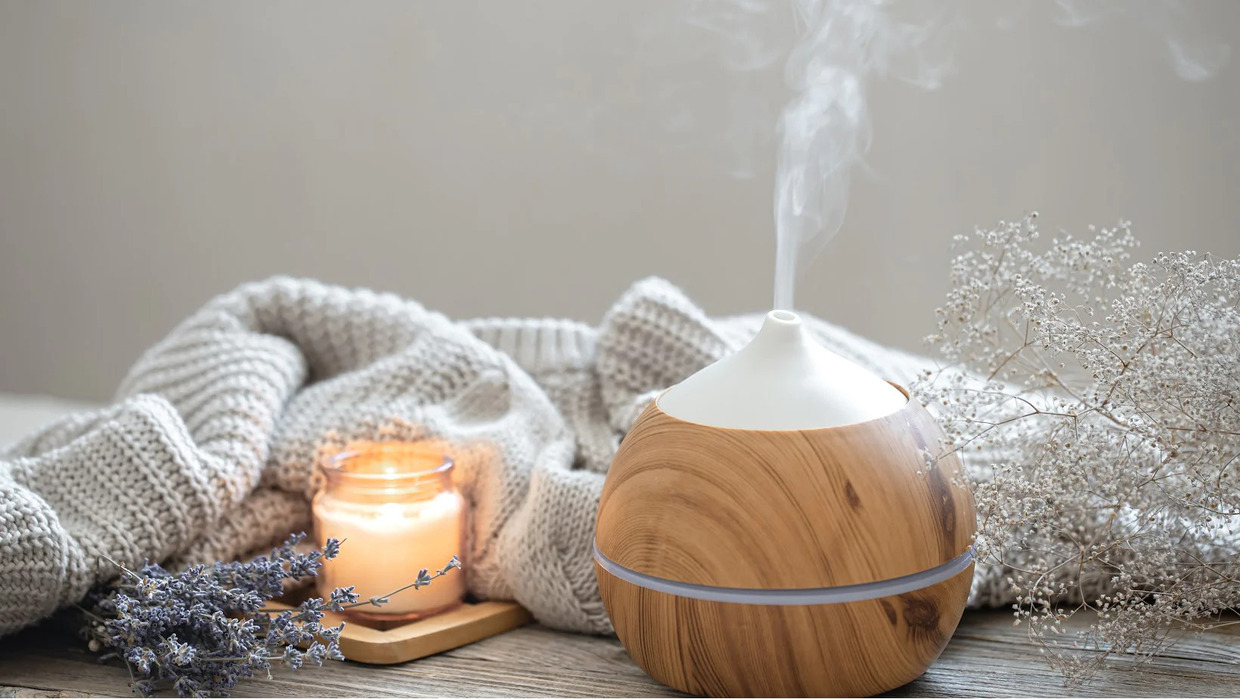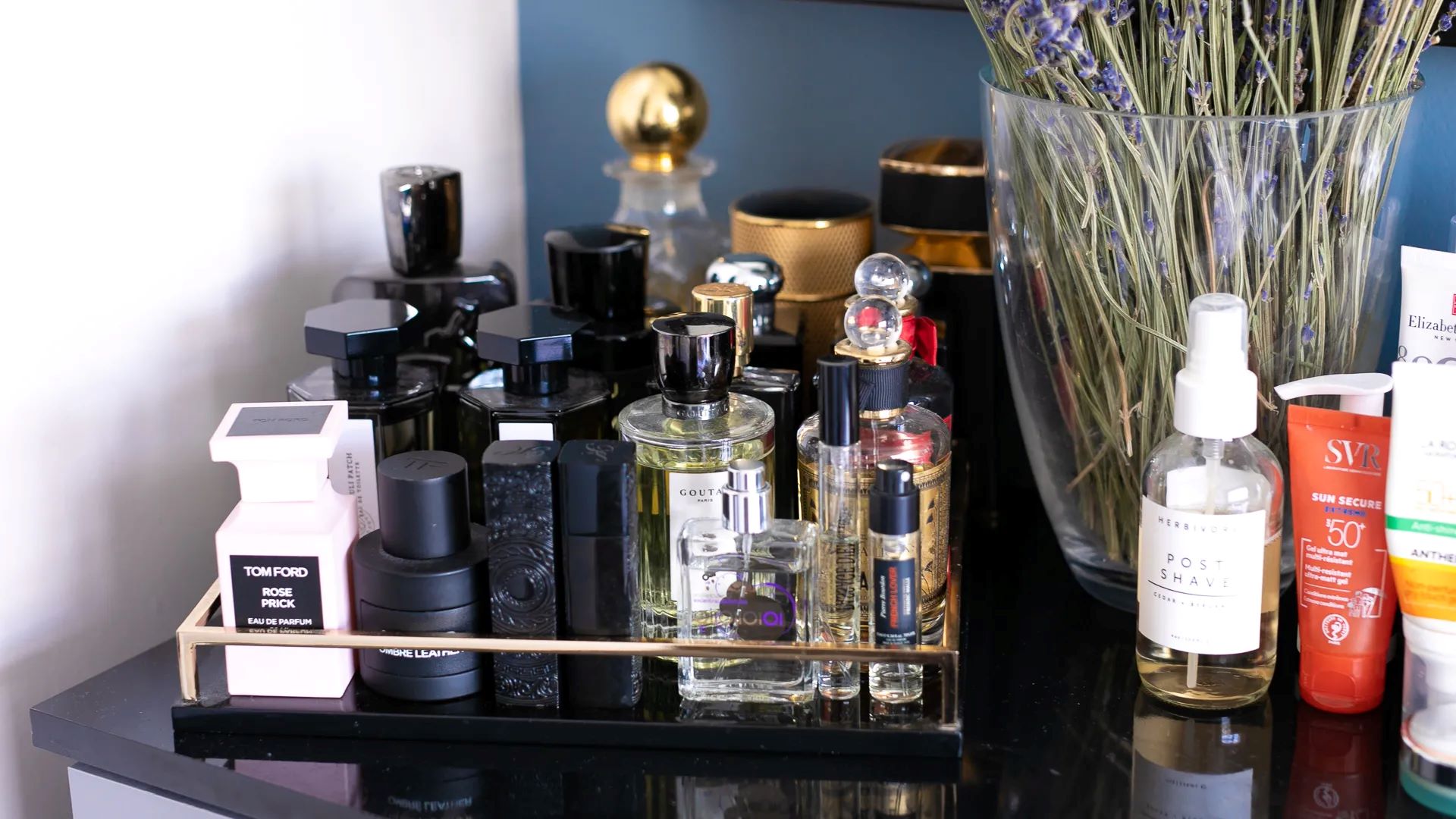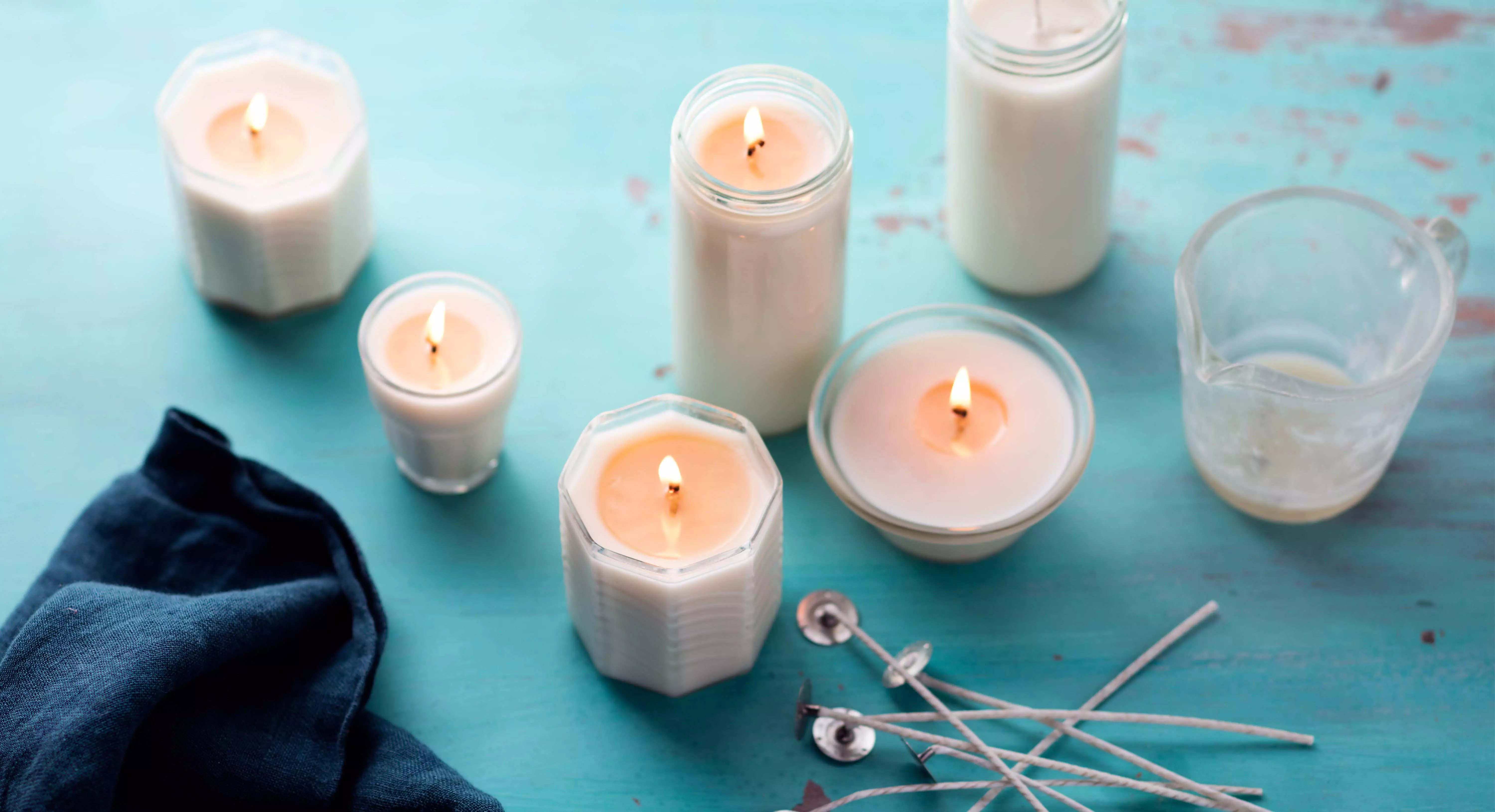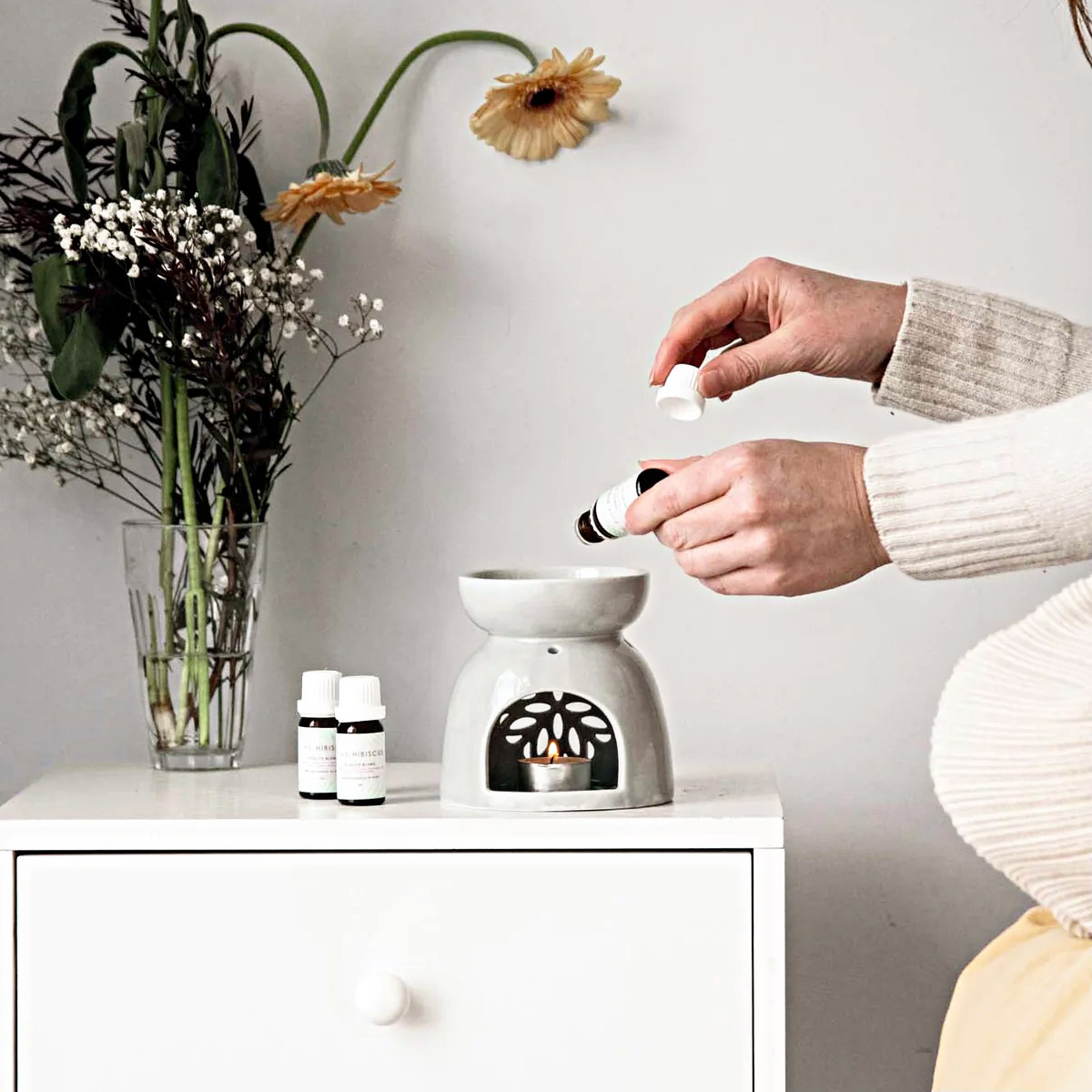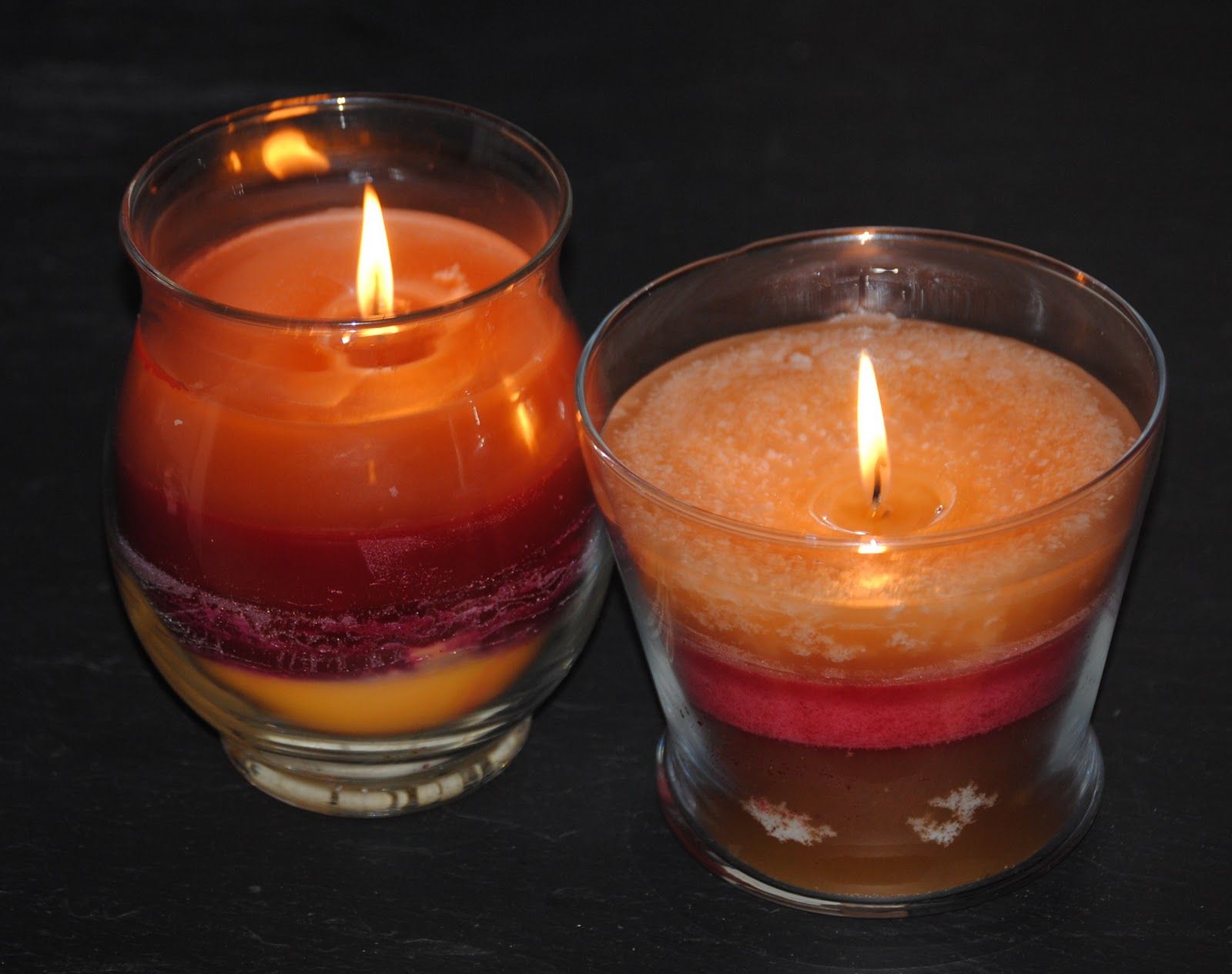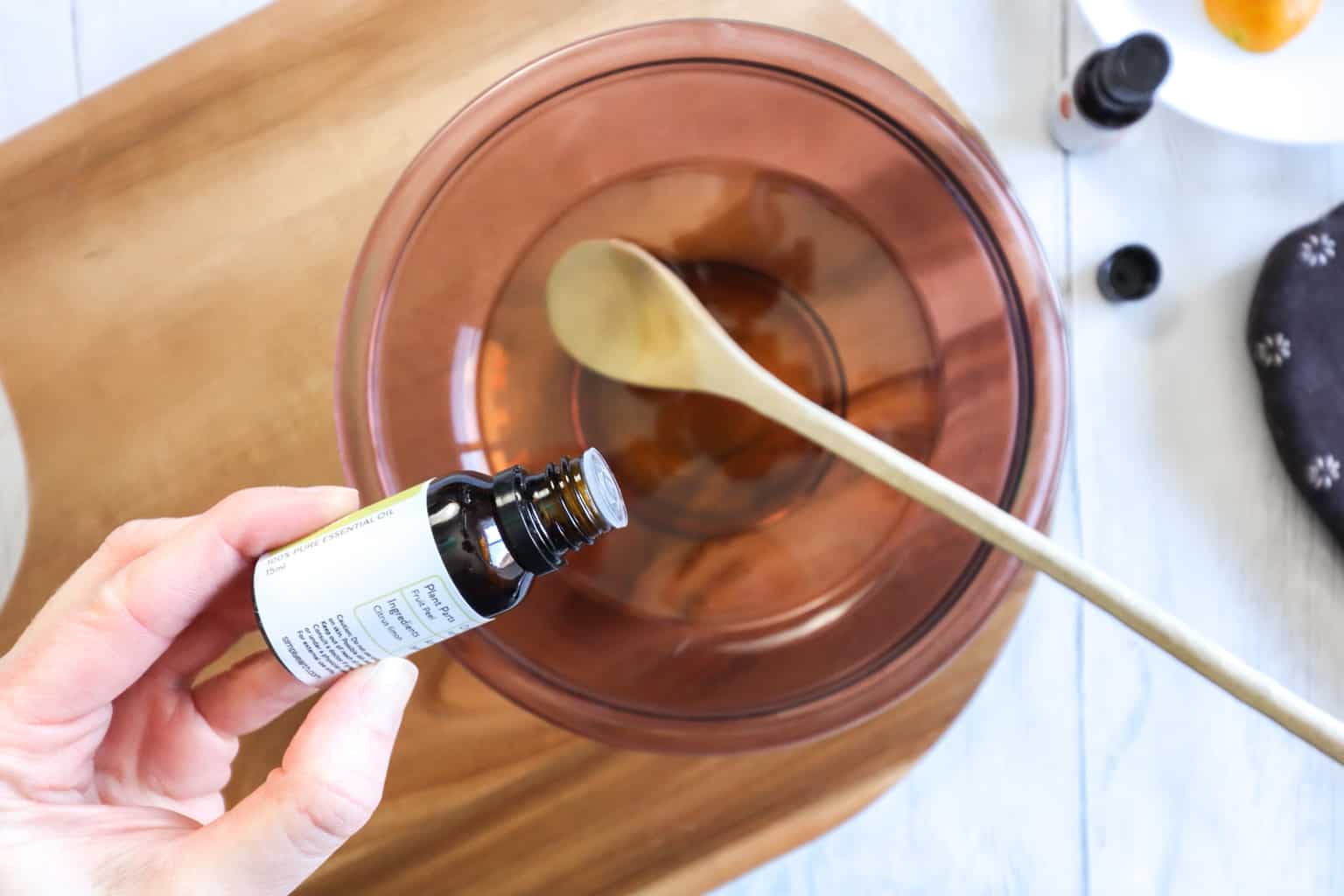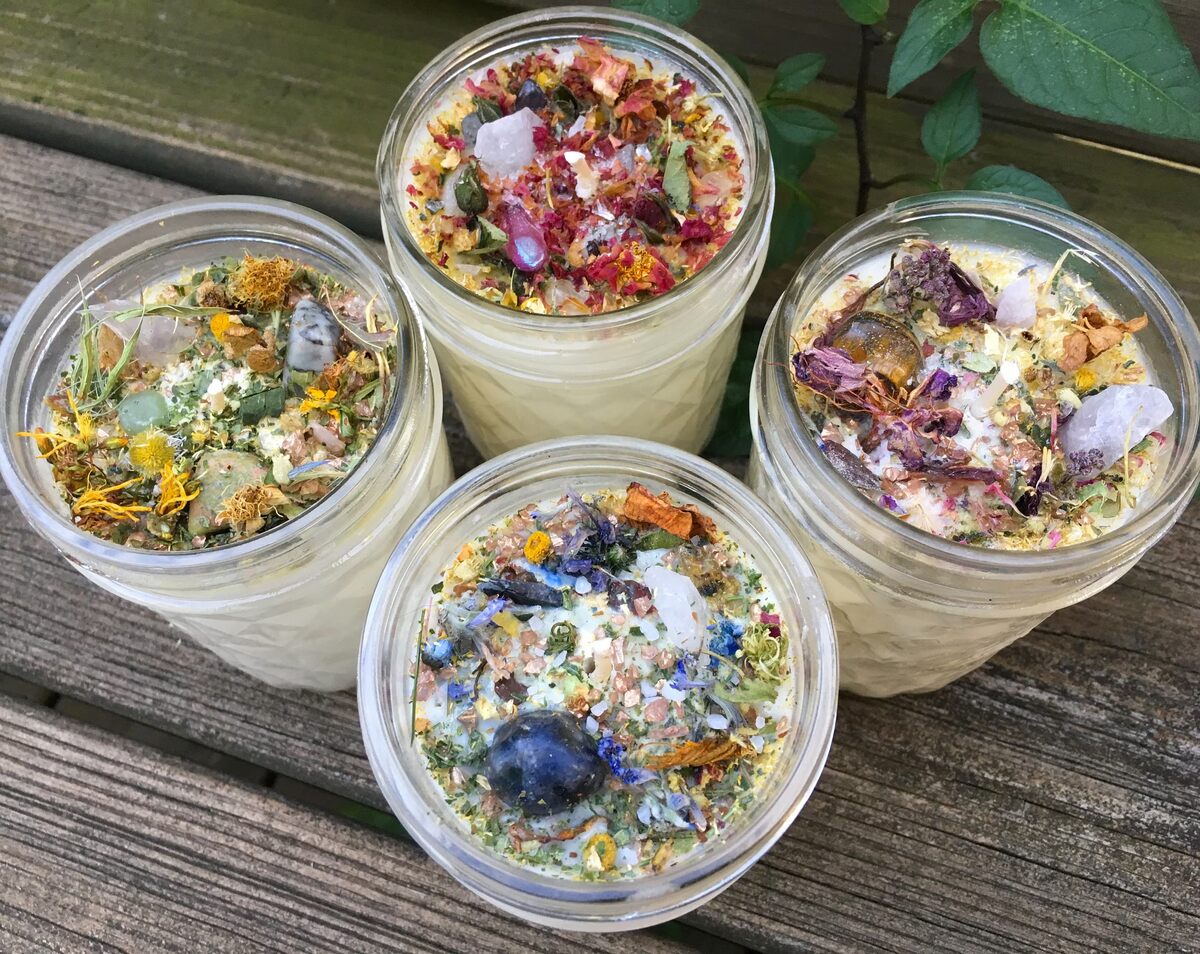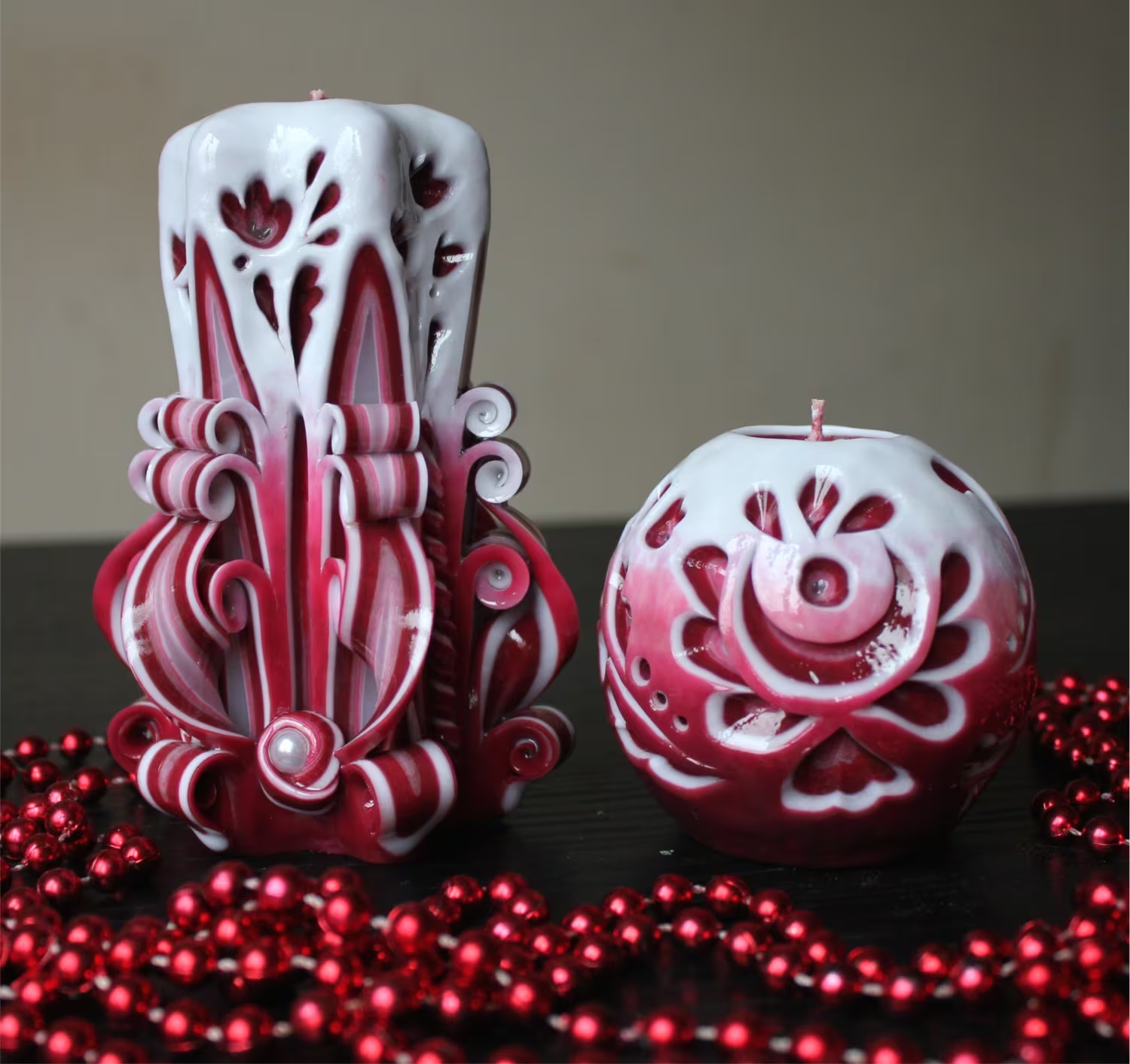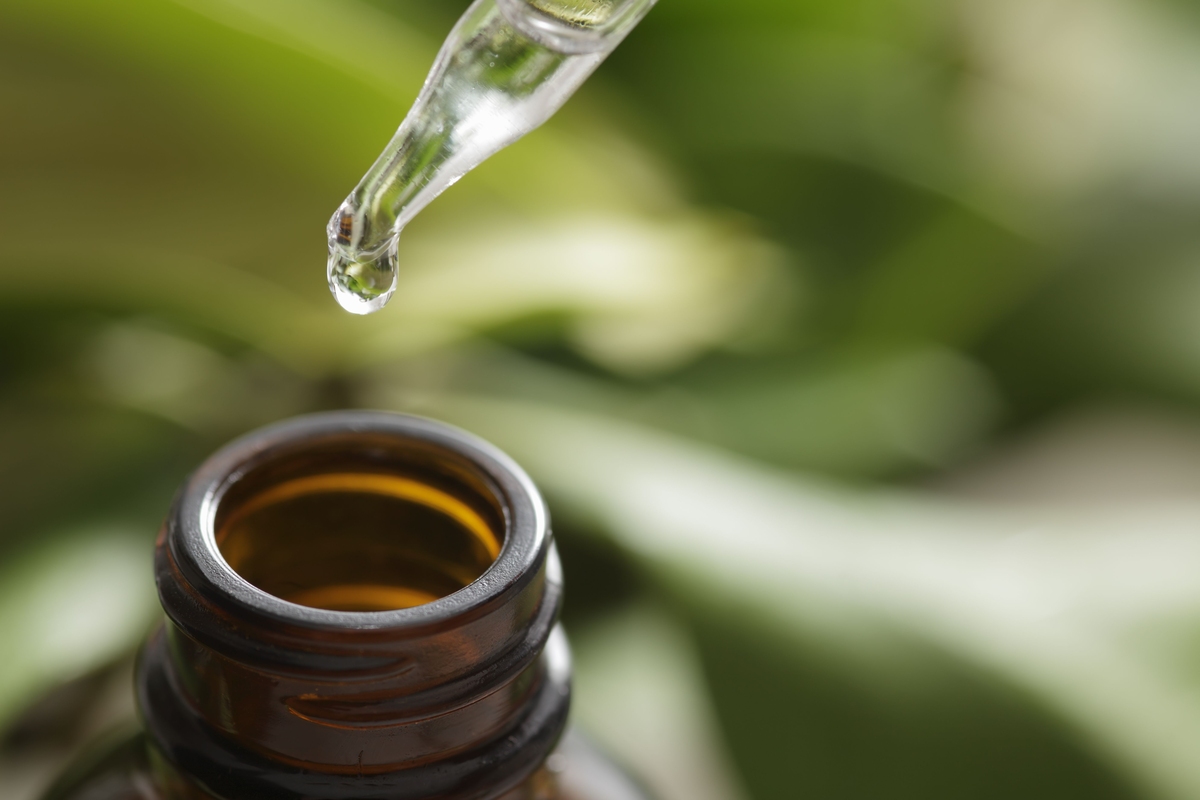

Articles
How To Make Fragrance Oils For Candles
Published: December 7, 2023
Learn how to make fragrance oils for candles with these informative articles. Discover different techniques and recipes to create unique scents for your homemade candles.
(Many of the links in this article redirect to a specific reviewed product. Your purchase of these products through affiliate links helps to generate commission for Storables.com, at no extra cost. Learn more)
Introduction
Welcome to the wonderful world of candle making! If you’ve ever burned a scented candle and wondered how those delightful fragrances are created, you’re in the right place. One crucial aspect of creating captivating and long-lasting scented candles is the use of fragrance oils.
Fragrance oils are specifically formulated to infuse candles with delightful aromas. They are typically synthetic or natural blends that can be used in various candle-making techniques. With a wide range of fragrances to choose from, you can create customized scents that suit any mood or occasion.
In this article, we will explore the fascinating art of making fragrance oils for candles. We’ll delve into the process, materials, and techniques needed to create your own unique scent combinations. Whether you’re a seasoned candle maker or just starting out, this guide will provide you with the knowledge and inspiration to create aromatic masterpieces.
Are you ready to embark on this aromatic adventure? Great! Let’s dive in and discover the secrets to making fragrance oils for candles.
Key Takeaways:
- Fragrance oils are essential for creating captivating and long-lasting scented candles, offering a wide range of scents, excellent scent throw, and stability in scent retention over time. Choose high-quality oils and consider the compatibility, scent categories, blend versatility, and seasonal appeal when selecting fragrance oils for your candle making projects.
- Making fragrance oils for candles is a creative and enjoyable process that requires the right equipment and supplies. Experiment with different ratios, layer multiple scents, and allow the fragrance oils to cure to enhance their fragrance. Proper storage and preservation are crucial to maintain the quality and longevity of homemade fragrance oils.
Read more: How To Calculate Fragrance Oil For Candles
Understanding Fragrance Oils
Fragrance oils are concentrated aromatic substances that are specifically created to add scent to various products, including candles. They are different from essential oils, which are derived from plants and contain the natural essence of the source material. Fragrance oils, on the other hand, can be either synthetic or a combination of synthetic and natural ingredients.
The use of fragrance oils in candle making offers a wide array of benefits. First and foremost, they provide a vast selection of captivating scents that can be difficult or expensive to recreate using essential oils alone. Whether you’re seeking the fresh and floral aroma of a blooming garden or the warm and cozy scent of a crackling fireplace, fragrance oils offer an extensive range of possibilities.
Another advantage of fragrance oils is their excellent scent throw. Scent throw refers to the ability of a fragrance to disperse and fill a space with its aroma when the candle is burned. Fragrance oils are formulated to maximize scent throw, ensuring that the fragrance is prominent, even in large rooms.
Additionally, fragrance oils provide stability in scent retention over time. Unlike essential oils, which can evaporate or dissipate more quickly, fragrance oils have a longer-lasting scent. This means that your candles will continue to emit their delightful fragrance throughout their burn time.
When it comes to choosing fragrance oils, you’ll find a wide variety of scents available on the market. From classic favorites like vanilla and lavender to more unique blends such as sea breeze and pumpkin spice, the options are endless. Consider your personal preferences, as well as the target audience for your candles, when selecting fragrance oils.
It’s important to note that some fragrance oils may contain phthalates or other potentially harmful ingredients. If you’re concerned about using synthetic fragrances, opt for fragrance oils that are phthalate-free or choose natural fragrance oils derived from essential oils. Always check the product labels and do your research to ensure that you’re using safe and high-quality fragrance oils in your candle making.
Now that you have a better understanding of fragrance oils, it’s time to explore how to choose the right oils for your candle making endeavors.
Choosing the Right Oils for Candle Making
When it comes to selecting fragrance oils for your candle making projects, there are a few key factors to consider. The choice of oils can greatly impact the final scent, quality, and performance of your candles. Here are some important points to keep in mind:
- Quality: Look for fragrance oils from reputable suppliers who specialize in candle making supplies. These suppliers often provide detailed information about their oils, including the ingredients used and any potential restrictions or recommendations for usage. Choosing high-quality oils will ensure that you achieve the best results in terms of scent throw and stability.
- Compatibility: Consider the type of wax you’re using for your candles and ensure that the fragrance oils you choose are compatible with it. Different waxes have different melting points, densities, and scent absorption capacities. Be sure to check the supplier’s recommendations for compatibility or consult with experienced candle makers to ensure that your oils and wax will work well together.
- Scent Categories: Fragrance oils are typically categorized into scent families such as floral, fruity, fresh, herbal, spicy, or woody. Determine the overall scent profile you want to achieve in your candles and select oils that complement each other within that category. This will help you create cohesive and harmonious scent blends.
- Blend Versatility: Some fragrance oils are designed to be used on their own, while others lend themselves well to blending with other oils to create unique scents. Consider whether you want to experiment with blending fragrances or if you prefer using single-note scents. Having a combination of both versatile blend-friendly oils and stand-alone scents will allow you to explore a wide range of possibilities.
- Seasonal Appeal: Think about the market trends and the preferences of your target audience. Certain scents are associated with specific seasons or holidays, such as citrus for summer or cinnamon for Christmas. Choosing oils that align with the current season or upcoming festivities can make your candles more appealing to customers.
Remember to start with small quantities when experimenting with new fragrance oils. This will allow you to test the scent, performance, and compatibility before committing to a larger batch of candles. Keep detailed records of your experiments, including the ratios and combinations of oils used, so that you can replicate successful blends in the future.
Now that you understand the factors to consider when choosing fragrance oils, let’s move on to the equipment and supplies you’ll need for making your very own fragrance oils for candles.
Equipment and Supplies Needed
Before you embark on the journey of making fragrance oils for candles, it’s essential to gather the necessary equipment and supplies. Here’s a list of the items you’ll need to get started:
- Distilled Water: Distilled water will be used to dilute and mix the fragrance oils. Make sure to use distilled water to avoid any impurities that could affect the quality of your oils.
- Measuring Cups: You’ll need measuring cups to accurately measure the fragrance oils and other ingredients. It’s recommended to have both small and large measuring cups, depending on the batch size you plan to make.
- Glass Containers: Glass containers are ideal for storing your homemade fragrance oils. They help preserve the scent and prevent any contamination. Make sure the containers have tight-fitting lids to maintain the freshness of your oils.
- Stirring Utensils: You’ll need several stirring utensils, such as glass or stainless steel spoons, to mix the fragrance oils and other ingredients. Avoid using wooden spoons as they can absorb the scent of the oils.
- Funnel: A funnel will come in handy when transferring the fragrance oils into the glass containers. It helps prevent spills and ensures accurate pouring.
- Labels: Don’t forget to label your homemade fragrance oils with the scent name and any relevant details. This will help you keep track of your creations and make it easier to identify them in the future.
- Protective Gear: It’s essential to prioritize safety when working with fragrance oils. Wear gloves and safety goggles to protect your skin and eyes from any potential irritants or allergens.
- Apron or Protective Clothing: Working with oils can be messy, so wearing an apron or protective clothing will help protect your clothes from stains and spills.
Additionally, you’ll need the fragrance oils themselves, which can be purchased from specialty suppliers or online retailers. Make sure to choose oils that are specifically formulated for candle making to achieve the best results.
Once you have gathered all the necessary equipment and supplies, you’re ready to start creating your own fragrance oils for candles. In the next section, we will walk you through the basic steps of making fragrance oils.
When making fragrance oils for candles, start with a base oil like coconut or soybean oil, and add essential oils for scent. Use a ratio of 1 oz of essential oil to 1 lb of base oil for a strong fragrance.
Basic Steps for Making Fragrance Oils for Candles
Making fragrance oils for candles is a creative and enjoyable process. Follow these basic steps to create your own unique scents:
- Gather all your equipment and supplies in a clean and organized workspace. Ensure that your work surface is free from any contaminants that could affect the quality of your fragrance oils.
- Start by selecting the base oil that will act as a carrier for your fragrance. Common choices include jojoba oil, fractionated coconut oil, or any other odorless and lightweight oil that will not interfere with the scent of your fragrance.
- Measure out the desired amount of the base oil using a measuring cup. The amount will depend on the batch size and the intensity of the scent you want to achieve. A general guideline is to use around 1 ounce of base oil for every 15 to 20 drops of fragrance oil.
- Add the fragrance oil to the base oil. Begin with a small amount and gradually increase the quantity to achieve your desired strength. It’s always better to start with less and add more if needed, as you can’t remove fragrance once it’s been added.
- Use a stirring utensil to mix the oils together thoroughly. Stir in a gentle and consistent motion to ensure that the fragrance oil is evenly distributed throughout the base oil.
- If desired, you can experiment with blending different fragrance oils together to create unique scents. Start by adding small amounts of each fragrance to the base oil and test the scent as you go. Keep track of the ratios and combinations for future reference.
- Once you’re satisfied with the scent, allow the fragrance oils to sit and meld together for a few hours. This will help the fragrance develop and enhance its overall aroma.
- After the oils have had time to blend, transfer the fragrance oil mixture into clean, labeled glass containers. Use a funnel to ensure accurate pouring and minimize spills.
- Seal the containers tightly with their lids to maintain the freshness and potency of the fragrance oils. Store them in a cool, dark place away from direct sunlight and extreme temperatures.
- Remember to label each container with the scent name and any relevant details, such as the date of creation or the blend of fragrances used. This will help you keep track of your creations.
Congratulations! You have successfully made your fragrance oils for candles. These oils can now be used to enhance the scents of your homemade candles. Experiment with different combinations and ratios to create a signature scent that sets your candles apart.
In the next section, we’ll provide you with some tips and tricks for enhancing the fragrance in your homemade candle oils.
Read more: How To Mix Fragrances For Candles
Tips and Tricks for Enhancing Fragrance in Homemade Candle Oils
Creating captivating and aromatic fragrance oils for your homemade candles is an art form. Here are some tips and tricks to help you enhance the fragrance and achieve the best results:
- Experiment with different ratios: The ratio of fragrance oil to base oil can greatly impact the intensity of the scent. Start with a lower ratio and gradually increase it until you achieve the desired strength. Keep in mind that some fragrances may be stronger than others, so a little can go a long way.
- Color-coordinate your scents: Consider the visual appeal of your candles alongside the scent. Some fragrance oils may have a natural color, while others are clear. Experiment with adding a few drops of liquid candle dye or mica powder to match the scent with the appropriate color of your candle wax.
- Layer multiple scents: To create a more complex and layered fragrance, consider blending different fragrance oils. Start with a base note, such as vanilla or musk, then add a middle note, such as floral or fruity, and finish with a top note, like citrus or herbal. This layering technique adds depth and complexity to your candles.
- Allow the fragrance oils to cure: Just like a fine wine, fragrance oils can benefit from a curing period. After creating your oils, let them sit for a few days to a couple of weeks to allow the scents to meld and develop. This can result in a more robust and well-rounded fragrance.
- Consider the candle’s burn temperature: Different fragrance oils have different flash points, which is the temperature at which they release the strongest scent. Take note of the flash point of each oil you use and ensure that it aligns with the burn temperature of your candles. This will optimize the release of the fragrance while the candle is burning.
- Blend with complementary essential oils: While fragrance oils provide a wide range of scents, you can also enhance them by blending them with a few drops of complementary essential oils. For example, if you have a lavender fragrance oil, adding a touch of pure lavender essential oil can boost its natural aroma.
- Test, test, and test again: Before using your homemade fragrance oils in a large batch of candles, it’s crucial to conduct small test burns. This allows you to assess the performance and scent throw of the oils. Take note of any adjustments you may need to make, such as increasing or decreasing the amount of fragrance oil in the mix.
- Label and document your creations: As you experiment and create new fragrance oil blends, make sure to label each one and keep detailed records. This will help you recreate successful scents in the future and allow you to track customer preferences.
Remember, the key to creating exceptional fragrance oils for candles is a combination of creativity, experimentation, and attention to detail. Enjoy the process, embrace your creativity, and don’t be afraid to think outside the box to create truly captivating scents.
In the final section, we’ll explore the best practices for storing and preserving your fragrance oils.
Storing and Preserving Fragrance Oils
Proper storage and preservation of fragrance oils are essential to maintain their quality and longevity. Here are some best practices to ensure that your homemade fragrance oils remain fresh and potent:
- Choose the right containers: Store your fragrance oils in dark-colored glass containers with airtight lids. Amber or cobalt blue glass bottles are ideal as they help to protect the oils from exposure to light, which can degrade and alter their fragrance over time.
- Keep them cool: Fragrance oils are sensitive to temperature fluctuations. Store your oils in a cool area, away from direct sunlight and heat sources, to prevent them from degrading. Avoid storing them in areas prone to temperature extremes or near appliances that emit heat.
- Avoid air exposure: Exposure to air can lead to the oxidation of fragrance oils, which can weaken their scent. Make sure to tightly seal the containers after use to minimize air exposure. Consider using dropper caps or pumps that dispense only the desired amount of oil, reducing air contact.
- Label your containers properly: Clearly label each container with the name of the fragrance and the date it was created. This will help you keep track of the oils’ shelf life and ensure that you use the oldest oils first.
- Keep them away from humidity: Moisture can compromise the quality of fragrance oils. Store them in a dry environment to prevent water or humidity from seeping into the bottles. Avoid areas with high moisture levels, such as bathrooms or kitchens.
- Avoid cross-contamination: Use separate measuring devices and utensils for each fragrance oil to prevent accidentally mixing scents. Clean your equipment thoroughly between uses to avoid any scent contamination.
- Rotate your stock: To maintain the potency of your fragrance oils, it’s best to use them within one to two years from the date of purchase. Rotate your stock regularly to ensure that you’re using the freshest oils available.
- Perform regular smell tests: Over time, fragrance oils can change in scent. Perform periodic smell tests to ensure that the oils still smell as intended. If you detect any changes or a weaker scent, it may be time to replace the oils.
- Store in a safe location: Keep your fragrance oils out of the reach of children and pets. Store them in a secure place to prevent any accidental spills or ingestion.
By following these storage and preservation guidelines, you can prolong the life and maintain the quality of your homemade fragrance oils. This ensures that you’re able to create beautiful, fragrant candles for an extended period.
With the knowledge you’ve gained about making, enhancing, and preserving fragrance oils, you’re now ready to embark on your candle-making journey with confidence and creativity. Enjoy the process of creating delightful scents that will bring joy and ambiance to any space.
Happy candle making!
Conclusion
Congratulations on completing your journey into the exciting world of making fragrance oils for candles. You’ve learned about the importance of fragrance oils, how to choose the right ones, and the equipment and supplies needed for the process. You also discovered the basic steps for creating your own unique scents, as well as tips and tricks for enhancing their fragrance. Finally, you explored the importance of proper storage and preservation to maintain the quality of your fragrance oils.
Now armed with this knowledge, you can embark on your candle-making adventures with confidence and creativity. Remember to experiment with different scents, ratios, and techniques to create signature fragrances that set your candles apart. Whether you’re gifting your candles to loved ones or selling them to customers, the captivating aromas you create will leave a lasting impression.
As you continue on your candle-making journey, keep in mind that practice makes perfect. Don’t be afraid to try new combinations, experiment with different oils, and trust your sense of smell. With each candle you create, you’ll learn more about the intricacies of fragrance blending and develop your own unique style.
Lastly, remember to enjoy the process. Candle making is not only a creative outlet but also a therapeutic and fulfilling hobby. The satisfaction of creating beautifully scented candles from scratch is truly rewarding.
So, gather your supplies, dive into the world of fragrance oils, and let your imagination run wild. Your homemade candles will fill homes with warmth, fragrance, and ambiance, creating a delightful sensory experience for all who encounter them.
Wishing you success in your candle-making endeavors and may your fragrant creations bring joy and relaxation to those who discover the flickering glow of your handcrafted candles.
Frequently Asked Questions about How To Make Fragrance Oils For Candles
Was this page helpful?
At Storables.com, we guarantee accurate and reliable information. Our content, validated by Expert Board Contributors, is crafted following stringent Editorial Policies. We're committed to providing you with well-researched, expert-backed insights for all your informational needs.
